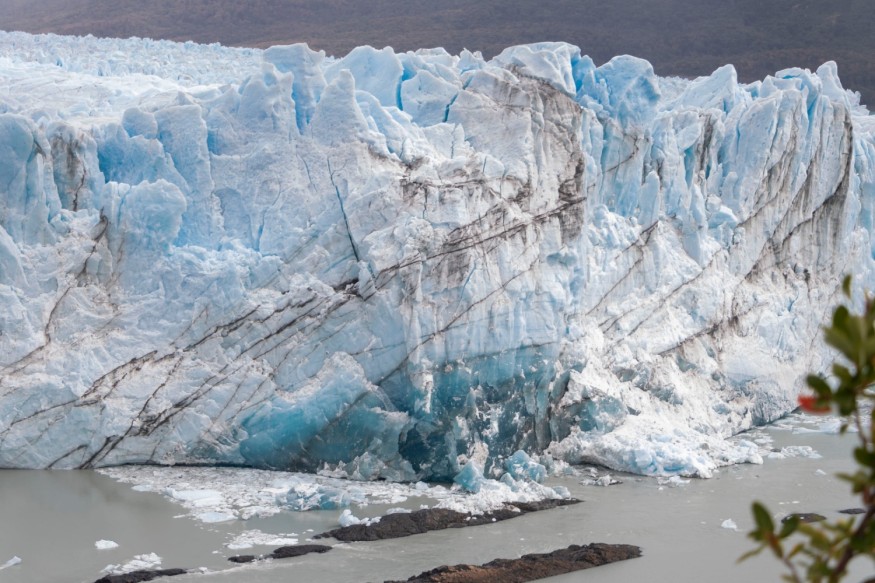
Experts recently discovered that the ground, which had been frozen for 650,000 years, could be considered as the oldest permafrost in Siberia.
According to a Live Science report, the scientists had taken samples from the Batagay megaslump, which is a huge collapsed section of the hillside that is located in Yana Uplands of northern Yakutia, Russia. This area has been branded by the locals as the "gateway to the underworld."
Studies have found that the Batagay megaslump has already grown to cover 0.3 square miles or equivalent to 0.8 square kilometers, with researchers even considering it as the largest megaslump that can be found on our planet.
The ground under the Batagay crater has been frozen, however, it continues to melt resulting in the inward appearance of the slump. The permafrost's exposure to air also contributes to the growth.
Importance of Batagay megaslump
According to Thomas Opel, a paleoclimatologist working at the Alfred Wegener Institute in Germany, the Batagay megaslump is significant because its sediments have the capability to preserve and make withstand a long, if broken, record of ancient environment and climate.
Opel explained that there was a specific area in Canada's Yukon with permafrost that were believed to be older than 700,000 years. He added that while there is a continuous record of ice in Greenland, which goes back to around 130,000 years ago, there were still some very old permafrost layers unearthed in Siberia.
"We can now just add another site to the map so that we can really start reconstructing the climate and also the environment for this period of time," Opel told Live Science.
Growing in size
An entry in Digital Journal described the crater as being situated in one of the coldest regions in the world, adding that it has been layered in permafrost. Drone videos have already shown and proven its capability to grow in size.
Earlier studies said the crater had started to form after a forest was cleared following preparations for a road that was to be built in the region during the 1960s.
In 2017, the Digital Journal first reported about the Batagay crater, noting that its depression had grown to about 0.6 miles or 1 kilometer long and 282 feet or 86 meters deep.
Scientists have discovered that this could further continue its growth at a rate of 33 feet or 10 meters on a yearly basis. On the other hand, they found out that during warmer years, the growth has increased by as much as 98 feet or 30 meters a year.
An expert, however, pointed out in a Reuters report that the expansion of the slump could actually be a sign of danger.
"In the future, with increasing temperatures and with higher anthropogenic pressure, we will see more and more of those mega-slumps forming, until all the permafrost is gone," Nikita Tananayev, the lead researcher at the Melnikov Permafrost Institute in Yakutsk, said in the report.
Previous studies said that the Batagay crater was likely triggered by deforestation during the 1940s and this had caused the ground to erode and later, an increased seasonal melting of the permafrost could be noted.
Related Article : Prehistoric Animal Viruses From the Permafrost Caught Interest of Russian Scientists
Related Video:
© 2026 NatureWorldNews.com All rights reserved. Do not reproduce without permission.





